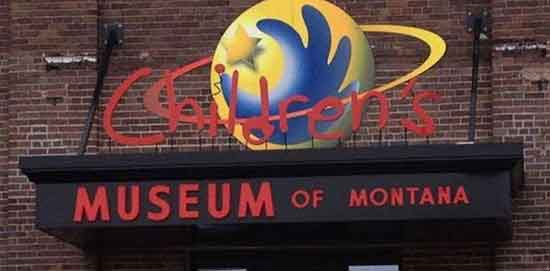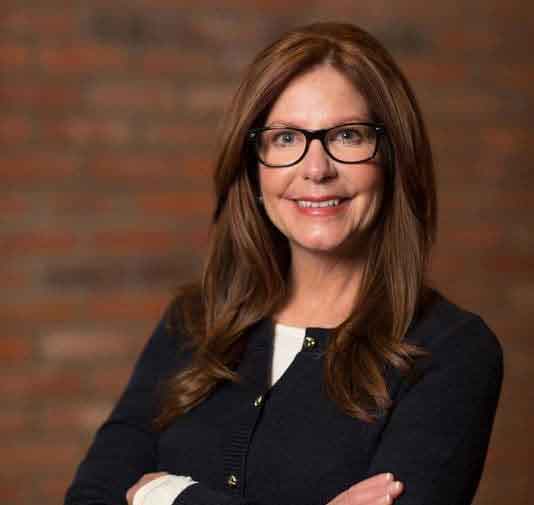A thoughtful letter-to-the-editor recently ran in the Tribune, one that made us wonder: What if the Trump administration did this? What would be the resultant backlash then? Here’s the letter in its entirety: City ordinance goes too far Great Falls Ordinance 3148 allows the city to ban anyone from city property for one year for any violation of…
Category: Great Falls Tribune
Elevated Comment From The Trib Online
In today’s “The Edge,” the Tribune’s editorial board took issue with Republican Rep. Jeff Essmann’s opposition to a mail-in ballot for Montana’s U.S. House special election. The Tribune raises a legitimate point, one we agree with: Shouldn’t we want the most people, regardless of party, voting? Commenter and occasional contributor to this blog, Rick Tryon,…
There’s More To The Story About The City And The Children’s Museum…
Move along. Nothing to see here… What else is one supposed to glean from the Tribune’s coverage of the City’s relationship with the Children’s Museum of Montana? The City isn’t evicting the museum, they would never do that, and angsty, misinformed residents are spewing “alternative facts” on social media, etc. But doesn’t it seem like there’s more to this story? Here’s the…
Poll: GFPD Vs. The Great Falls Tribune
On Friday, the Great Falls Police Department issued a media release responding to a Tribune story about the Great Falls Rescue Mission. You can read the Tribune’s response to the GFPD release here. Can anyone recall the GFPD ever scolding local media like this? The fact that our (excellent) police department felt compelled to make any kind of statement says a…
Fuzzy Math Frames Issue Of GFPS Tech Spending
Something doesn’t fit. After Monday night’s budget presentation by Great Falls Public Schools, the Great Falls Tribune painted a grim picture of the District’s per-pupil technology spending compared to other AA school districts. Sarah Dettmer for the Tribune reported: According to data collected from fiscal year 2016, Great Falls is spending $21.66 per student for technology. GFPS…
Tribune’s Education Reporter Doubles Down On Arntzen Hit Piece
Sarah Dettmer, the Great Falls Tribune’s education reporter, seems to have it out for Elsie Arntzen. Yesterday, Dettmer published a heavily self-referential, self-congratulatory article to explain away some of the blowback from her hit job on the freshly-elected Montana Superintendent of Public Instruction, Republican Elsie Arntzen. Dettmer writes: Then, Great Falls Public Schools Superintendent Tammy Lacey stood up to…
Tribune, Bronson To Legislature: Just Trust Us
The Great Falls Tribune got its smarm on today in dissing Rep. Jeremy Trebas: Somebody might want to pick up the phone and remind Jeremy Trebas that as a Republican, he’s supposed to be for small government and local control. This type of rhetoric is always rich. The Trib’s editors are not Republicans. They’re just happy…








